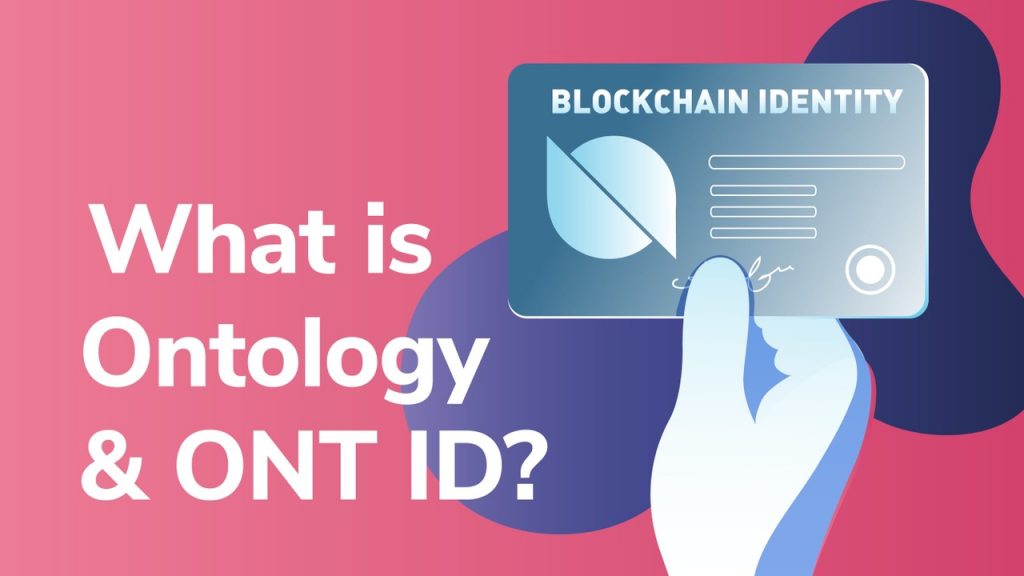
The blockchain-based digital identity project Ontology was created to remove barriers between businesses and blockchain technology. This has been made possible through the use of both the Ontology Gas (ONG) and Ontology (ONT) tokens, powering the Ontology blockchain. Moreover, the project is currently being used in cutting-edge technological developments across an array of industries. Many partnerships suggest big things could lay ahead for the Ontology blockchain. But, what features actually exist within the Ontology blockchain ecosystem? How do the Ontology Gas token and Ontology token generate a passive income, and why has Ontology seen so much recent success?
In this article, we’ll cover the different applications and protocols featured on the Ontology blockchain. Moreover, we’ll discover how the project is positioning itself in the front seat of the evolution of blockchain enterprise integration.
If this is your first time visiting Ivan on Tech Academy, welcome! For those new to the space, be sure to check out our Crypto Basics course to gain a strong foundational knowledge about crypto. This course is the ideal place to learn how to buy, sell, and store your crypto safely. Following this, if you’d like to learn how blockchain technology works under the hood on a technical level, be sure to check out the Blockchain and Bitcoin 101 course at Ivan on Tech Academy!
What is Ontology?
Ontology is a blockchain designed for self-sovereign data and digital identity management and integrity. Originally, the focus was to become an all-around blockchain-as-a-service (BaaS) project for enterprises. However, following such demand and success with digital identification, Ontology has since transitioned into focusing its brand on data integrity and identity security.
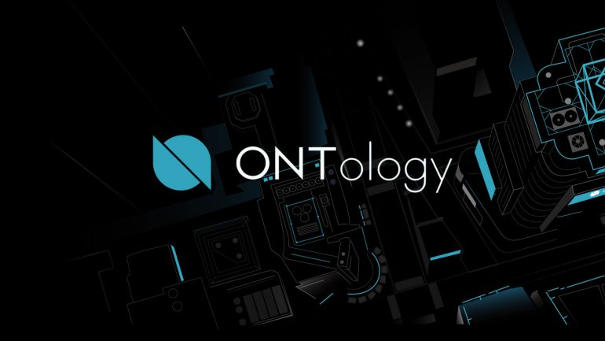
Ontology’s Background
Created in 2017 by Chinese company Onchain, Ontology was founded by Erik Zhang, Jun Li, and Da Hongwei. Onchain is also the team behind the NEO blockchain (sometimes referred to as the “Chinese Ethereum”). Ontology was designed with the goal of enabling businesses to integrate blockchain solutions without friction into their existing systems.
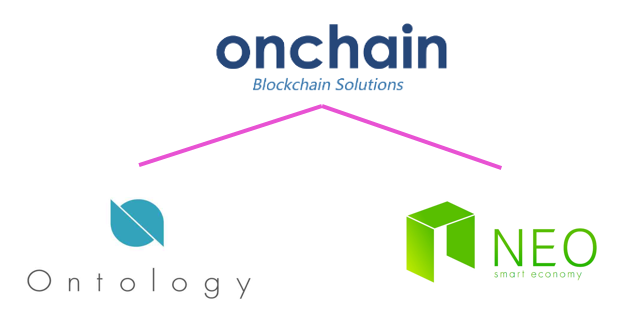
The NEO community played a crucial role in raising awareness and increasing the adoption of Ontology. This was achieved by airdropping ONT tokens to NEO token holders upon release.
Unlike many crypto projects, the funds raised to create the Ontology blockchain were not raised via an initial coin offering (ICO). During this period, the ICO model was thriving, with a substantial number of new projects emerging throughout the ‘ICO boom’ of 2017-2018. Instead, the Ontology token distribution airdropped ONT tokens to developers and newsletter subscribers.
Decentralization
Ontology has partnered with Flipside Crypto, providing on-chain insights into network activity in accordance with Ontology’s commitment to decentralization and transparency. The Flipside Data Cooperative provides colorful and engaging statistical representations of activity in various networks including; Algorand, Chainlink, and Compound.

Further to this, Ontology publishes weekly updates and monthly status reports. Ontology is dedicated to keeping their users in the loop about token or protocol updates. Moreover, Ontology uses the Triones network consensus system, made up of individuals, organizations, and communities alike, for Ontology’s network validity and security. Spread across five continents, the Triones nodes are considered ‘Ontology co-builders' by participating in the growth of Ontology’s ecosystem.
VBFT Consensus Algorithm
The special “VBFT” consensus algorithm used by the Ontology Trione nodes combines Proof-of-Stake (PoS), Byzantine Fault Tolerant (BFT), and Verifiable Random Function (VRF) consensus mechanisms.
As a result, this works in a much faster way than Proof-of-Work (PoW), facilitating substantially more transactions per second (TPS). Also, the use of VBFT means that instead of 100% of nodes reaching consensus on the validation of a transaction, only 2/3 of the network need to achieve consensus for a transaction to be processed.
This novel consensus algorithm allows Ontology to cryptographically and securely validate not only financial transactions but also data transactions of any kind.

Are you interested in a career in blockchain technology or cryptocurrency but not sure where to start? Ivan on Tech Academy has got you covered! Check out the Ethereum 101 course and The Bitcoin Standard course to get started! These courses cover everything you need to know about the fundamentals of blockchain technology and the history of money. Plus, you’ll gain a knowledge-base crucial for a career in crypto!
Ontology Gas Token & Ontology Token
Two Ontology tokens power the Ontology blockchain ecosystem:

ONT Token - Ontology token (ONT) holders receive governing rights with a voice on future proposals and updates to the protocol. Additionally, ONT token holders can receive staking rewards for contributing to the security of the network. By locking up their ONT tokens on the Ontology platform, users can earn Ontology Gas token (ONG) rewards.
ONG Token - The Ontology Gas token was introduced when Ontology transferred from the NEO blockchain to its own sovereign blockchain in June 2018. Similar to how the Ethereum blockchain charges users ETH, or how Binance Smart Chain charges users BNB, the Ontology blockchain charges users its own designated Ontology Gas token for transaction fees. These charges are to cover the cost of the computational power of a transaction on a network. Resultantly, the cost of gas fees can vary wildly.
The Ontology Gas token has a max supply of 1 billion tokens, sitting at a current price of approximately $0.50 according to CoinGecko. The minimum fee for most Ontology transactions is 0.01 ONG. At the time of writing, this equates to approximately $0.005 per transaction. This is a more appealing and cost-effective alternative to the Ethereum blockchain for many. Sometimes, gas fees easily exceed $100 during times of high network congestion on Ethereum.
Even if you don’t plan on using the Ontology blockchain often, Ontology has provided an opportunity for users to earn a passive income with DeFi. When users stake their ONT tokens, they receive Ontology Gas token rewards. The rates vary between 7% and 40% APY depending upon the chosen node.
Ontology Blockchain Ecosystem Overview
Data management and identification security can be applied to a wide array of sectors. Thus, the Ontology blockchain is offering solutions for enterprises covering many different areas. These include a data marketplace, automotive smart lock applications, plus a decentralized finance (DeFi) borrowing and lending platform! To achieve this, the Ontology ecosystem must have certain elements in place.
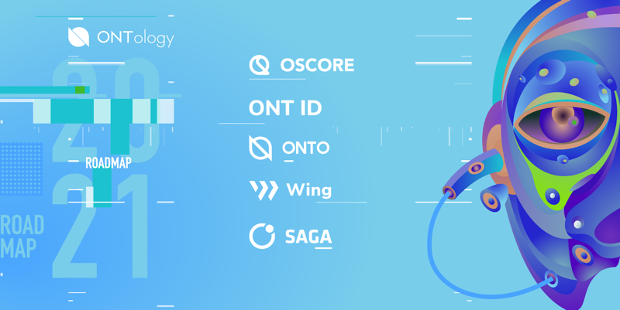
ONT ID
The ONT ID application is a “decentralized identity framework that helps users manage their own data and enable blockchain-based multi-dimensional authentication provided by global verifiers.” It is used for connecting entities, assets, institutions, and individuals alike in a secure distributed network. Also, ONT ID facilitates cross-chain reputation scores, verifiable credentials, reusable know-your-customer (KYC) data, and identity solutions.
Verifiable claims enable entities within the trust network to make claims in relation to their identity. Then, this can be verified by other entities with the use of a decentralized trust mechanism.
Trust Mechanism
Ontology's trust mechanism works using a verifiable credential system. Credentials are issued by entities and then sold to their customers, thus, creating a verification scenario. This continuous cycle of credential requests, creation, and consumption is at the core of the Ontology trust mechanism.
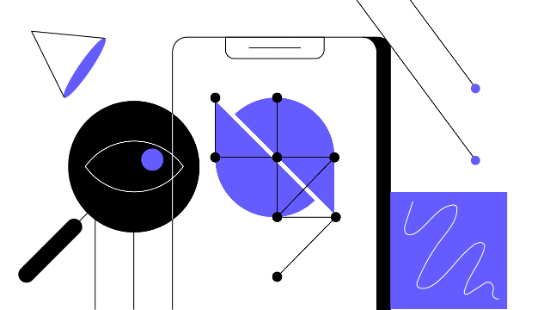
Distributed Data Exchange Framework (DDXF)
Ontology's distributed data exchange framework (DDXF) allows businesses and individuals to access and trade data within the boundaries of regulatory compliance. Whether you’re a data provider, consumer, or a developer, Ontology has created a decentralized solution for cross-chain, peer-to-peer trading of data. Also, Ontology can tokenize real-world data through the use of oracles, which can be transparently listed on the exchange with a framework suitable for collaboration. DDXF is presenting a new paradigm for data security and privacy, allowing users to cryptographically authorize access to personal data.
ONTO App
Ontology has created a self-sovereign mobile wallet for verifiable credentials with data, digital identities, and assets. ONTO is a one-stop application for managing different cryptocurrencies, non-fungible tokens (NFTs), plus digital identity and data. The app has been created for convenience and accessibility for interacting with the Ontology blockchain, covering all possible user needs.
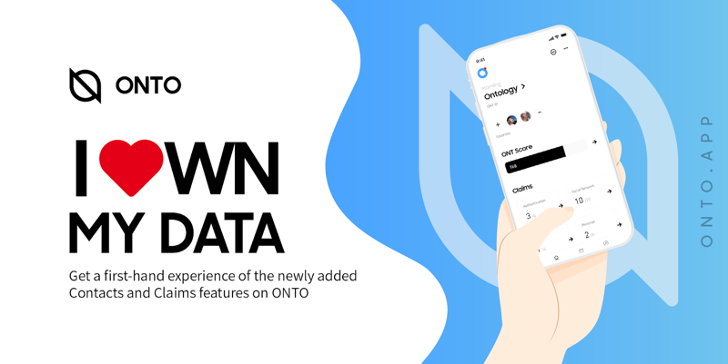
Users of the ONTO app will receive an ONTO score as part of the decentralized trust review system which can be used in conjunction with ONT ID. Indeed, this indicates how trust-worthy a user may be, similar to a traditional credit score rating.
Saga
Created by the blockchain experts and data enthusiasts of the Ontology team, Saga is a decentralized marketplace for monetizing and purchasing data. Saga is designed for both individuals and businesses. Individual users can securely share their data and be rewarded for participation. For businesses, Saga allows enterprises to monetize data through compliant regulation, alongside purchasing data through Saga’s datasets and application programming interfaces (APIs). Some of the APIs include the average Bitcoin exchange rate, near-Earth asteroid information, a weather forecast, and more!
Wing Finance
Wing Finance is the decentralized finance (DeFi) arm of the Ontology blockchain. The platform facilitates a cross-chain, credit-based, DeFi lending platform. This is done using a novel mechanism that benefits all actors on the platform equally (borrowers, lenders, and guarantors). Furthermore, the governance of Wing Finance is operated through the Wing decentralized autonomous organization (DAO) community. Holders of the native WING token hold voting rights on proposals and future updates to the protocol.
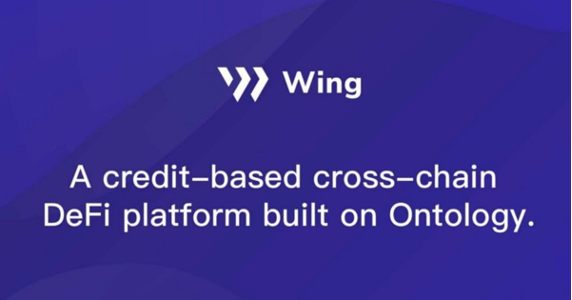
Ontology Solutions
Together, the elements of the Ontology ecosystem facilitate a wide range of enterprise solutions through blockchain technology. Some of these include decentralized finance and data marketplaces, allowing businesses to make use of blockchain-powered payment networks. Other use cases include automotive solutions and decentralized data attestation solutions.
Automotive Solutions
Introducing blockchain technology into the automotive industry can benefit many areas of the production line. From cryptographic verification of authentic car parts to creating a smooth and efficient supply chain management system. Through the use of IoT technology (internet of things) built into new automotive vehicles, blockchain appears as the natural technological solution for efficiency and security of workflow documentation and communication between parties. Moreover, through the use of smart contracts, financing, and leasing cars can be enabled with automatic, and transparent payment systems.
Ontology is currently working with a German car manufacturer, to increase their production line efficiency and create innovative solutions for vehicles using blockchain technology. One such development is the Ontology smart lock, being created with ONT ID for facial recognition on glass to unlock a vehicle.
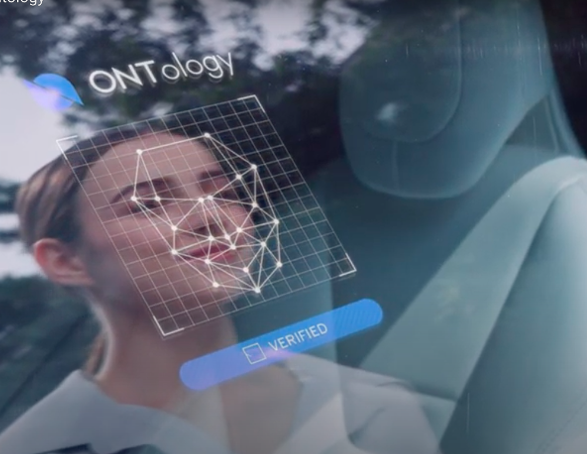
Furthermore, real-time data updates can be presented to drivers whilst on the road. Moreover, users can make crypto payments through the use of smart contracts. This technology is currently in development, with no release schedule currently available.
Why Use Ontology?
Overall, Ontology focuses on bringing blockchain technology to businesses in a customizable and flexible manner. Additionally, this is done so in a way so easy to implement, businesses need no prior knowledge of blockchain. Ontology has a wide range of use cases. For example, another opportune solution would be the storage of medical records. This could help with patient data protection laws and struggles with limited access to medical histories due to centralized servers and closed records. Blockchain in the healthcare industry can provide benefits to both patients and healthcare professionals alike.
Also, public information can be stored on a public blockchain (such as NEO). When financial institutions wish to make a transaction or access certain restricted data, this can be achieved using the private Ontology blockchain, with permissioned access. Ontology hopes to be a bridge between the virtual and real economy. Moreover, the project aims to create a simple gateway for businesses across countless sectors, with personalizable and customizable blockchain solutions.
Ontology is currently working with RailOne, a premier Fintech enterprise creating payment services with Ontology using a multi-layer platform. Solutions include cross-border global e-commerce payments for small and medium-sized businesses (SMBs) and over 30,000 freelancers. Additionally, RailOne offers crypto debit cards including a loyalty system with a chance to be rewarded with bonus tokens.
Ontology Blockchain & Ontology Gas Summary
In summary, the Ontology blockchain offers high-performance and throughput with over 5000 transactions per second (TPS). Ontology is fast, cheap, and efficient. Plus, Ontology offers easy integration with current business IT infrastructures, allowing enterprises to adopt blockchain technology more easily than ever before. The network has been running smoothly with no drop-out time since the Mainnet launch in 2018. The Ontology blockchain is currently supporting over 300 decentralized applications (dApps) globally.
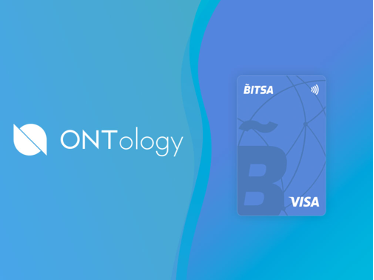
Ontology is paving a route of innovation within the enterprise blockchain sector, with cross-chain functionality, novel consensus algorithms, and Ontology WASM-JIT being the fastest web assembly (WASM) virtual machine in the industry. For non-programmers, this means that the speed at which smart contracts and applications can be implemented and executed is faster than other smart contract-friendly blockchains (such as Ethereum or Polkadot). Ontology is a project to remember as we enter the new age of the fourth industrial revolution.
Blockchain has become so widely adopted industry-wide, that the demand for blockchain programmers is growing exponentially. With the correct resources and dedication, anyone can become a blockchain programmer, regardless of experience. Furthermore, this is one of the most progressive and exciting industries to work in, and often pays a handsome salary!
The best investment you can make is an investment in yourself and your education. Plus, there has never been a better time to learn a new skill or retrain. If you want to change your life and become a blockchain programmer, be sure to check out the Ethereum Smart Contract Programming, JavaScript Programming for Blockchain, and C++ courses at Ivan on Tech Academy, the number one blockchain education platform online.





